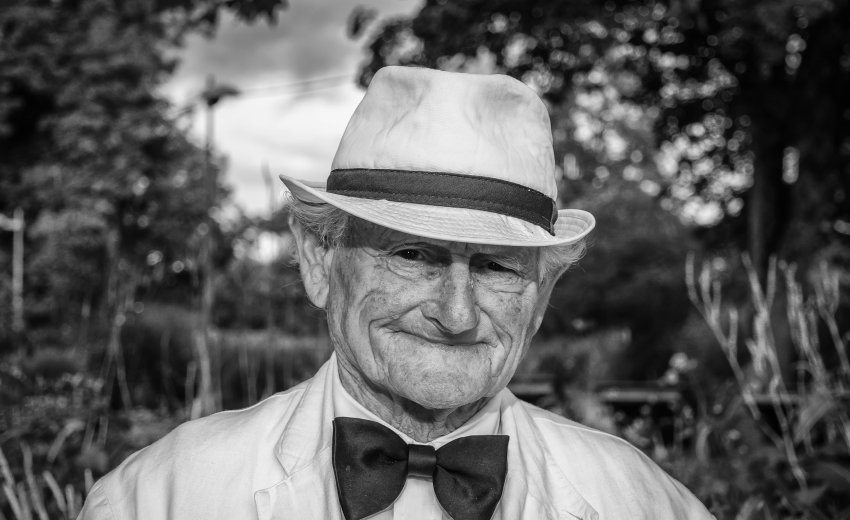Global society is, on average, getting older. Estimates published by the World Health Organization claim that, by 2050, the proportion of people over 60 years will double, from 12% to 22%. This poses a number of challenges societally, from the nature of supporting a population, who, largely, can’t work at the same rate as their younger peers, through to the matter of accommodating and ensuring those people are included in society. At the same time, people are retiring younger. There are many great examples of Sikhism bridging the generational gap, and the construction of temples in new Sikh communities to help younger generations build their own connection is a good example of elders assisting the younger. The first step, however, is to consider how Sikhism directs the family in regard to older family members.
A sense of duty
Over 60s are more at risk of health problems as a result of declining health. One of the first responsibilities of society is to provide care to those senior citizens, and to enhance their independence. Society provides on one limb, by creating the adaptations in public spaces required to help support the elderly, as well as being responsible for a general wider level of care that sees the needs of senior citizens identified and escalated. More, however, must go on in the home, and there is a strong historical need for this within Sikhism.
There is a strong theme of care within Sikhism, and as one New York Times profile of a Punjab gurdwara shows, the activity and peace of elderly Sikhs is a crucial part of community support. Within the family, this is represented in Sri Guru Granth Sahib, which states “He does not honor his ancestors while they are alive, but he holds feasts in their honor after they have died. Tell me, how can his poor ancestors receive what the crows and the dogs have eaten up?”. A clear indication of the importance of cherishing and caring for family today, it’s an important lesson to hear. That being said, independence is key too, and activity late into life is a key part of Sikh life.
Embracing the Sikhi
The Sikhi demands that Sikhs live an active life. As the UK Sikh Missionary Society outlines, the goal of human life is achievable here, now, and at any stage of life. That means, for the elderly, activity in later life is a virtue, and so it is for those who retire younger. Where can society provide this? Providing the intermediary service, and helping seniors to understand the world as it is today, is a crucial point. Embracing the independence of an active retired generation is important, but being there to support and provide a framework to that is also going to be increasingly forward in the coming decades.
Activism in society
Sikh numbers have been declining over the past century and this is compounded by instability in Punjab and the movement of western Sikh societies away from spirituality. As such, there is a key role for elder Sikhs in public speaking and progressive speech; they act as a key link between an older generation and the new, and the overall hopes of Sikh society. Furthermore, as the idea of egalitarian and peaceful society, or, halemi raj, envisioned by Guru Arjan Dev in Sri Guru Granth Sahib, becomes under pressure across the world, there is an even more important role for senior citizens to play. As the UK Panjab Times highlights, there is perhaps the need for radical action and speech to get the world closer to the ideal of halemi raj. The wisdom, experience, and need for compelling voices is essential, and supporting that within the Sikh community is something of real need in the wider Sikh society, for its health and that of everyone within it.
Senior citizens are valued as parents and teachers within Sikh society. With society in the world growing older, and with the face of the modern community changing, interventions are key. That being said, it’s not a case of simply helping elderly Sikhs understand the changing world - to the contrary, their wisdom has a lot to offer a world departing from its classic values.

